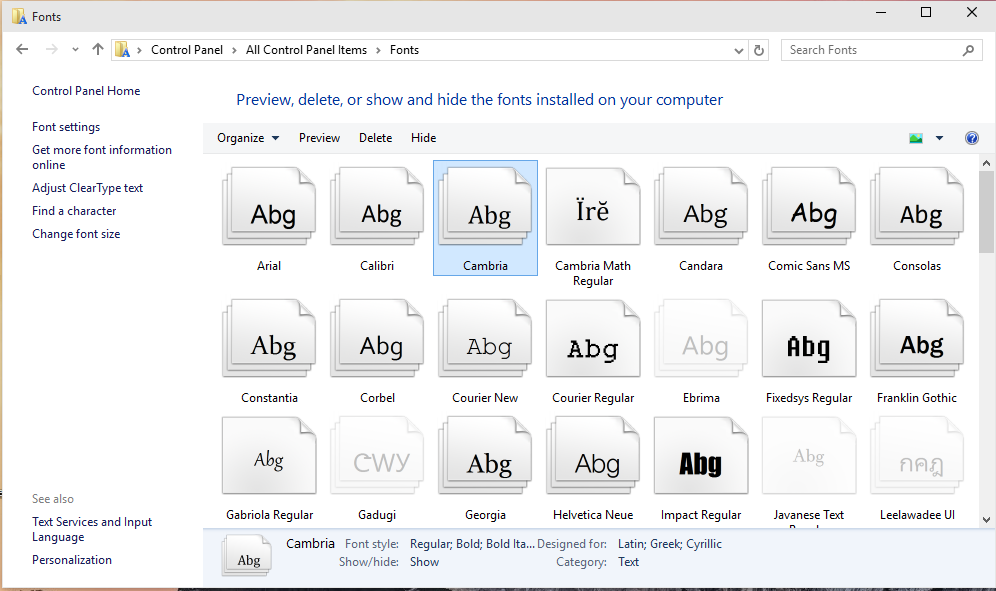

Alternatively, click the plus button in the bottom left corner to add fonts. Once you’ve saved it, drag fonts to the collection the same way you’ve done with libraries. To add new collections, select File ➙ New Collection. These will point to specific installed fonts across your libraries. You can also customize libraries by creating collections inside them. Drag the selected fonts from All Fonts to your custom library.Give the library a name and click Enter to save.Go to the File menu and select New Library.If these are not enough, you can create your custom libraries of fonts: User fonts are available to the admin only, and Computer fonts - to anyone accessing a Mac. The last two are stored in the Library folder. Bring fonts into libraries and collectionsįont Book has four default libraries: All, English, User, and Computer. This will get the font right into your Font Book.
#Free fonts manager install
Once you unpack a zip with a new font, select the file with a corresponding extension to open preview and click Install Font. You can also download a new font from the internet and use it with Font Book (the supported extensions are otf.


#Free fonts manager how to
How to manage fonts on MacĪpple knows a designer’s pain points as well. For instance, if you say Verdana, you mean a family of fonts which includes Verdana Regular, Verdana Italic, and more. On a Mac, you have fonts, each of which is an individual style with distinctive width and weight properties - even though they might belong to the same typeface. So basically, a font is a set of characteristics that define a style of a typeface. Coming from the age of the printing press, fonts were used as the variations of a typeface family - differing in weight, size, etc. In graphic design, the notions of font and typeface are often used interchangeably. Pinky promise, we’re gonna be finished with that in a sec. Try free ✕ Font or typeface, what’s the difference?Ī few boring definitions to start with.


 0 kommentar(er)
0 kommentar(er)
